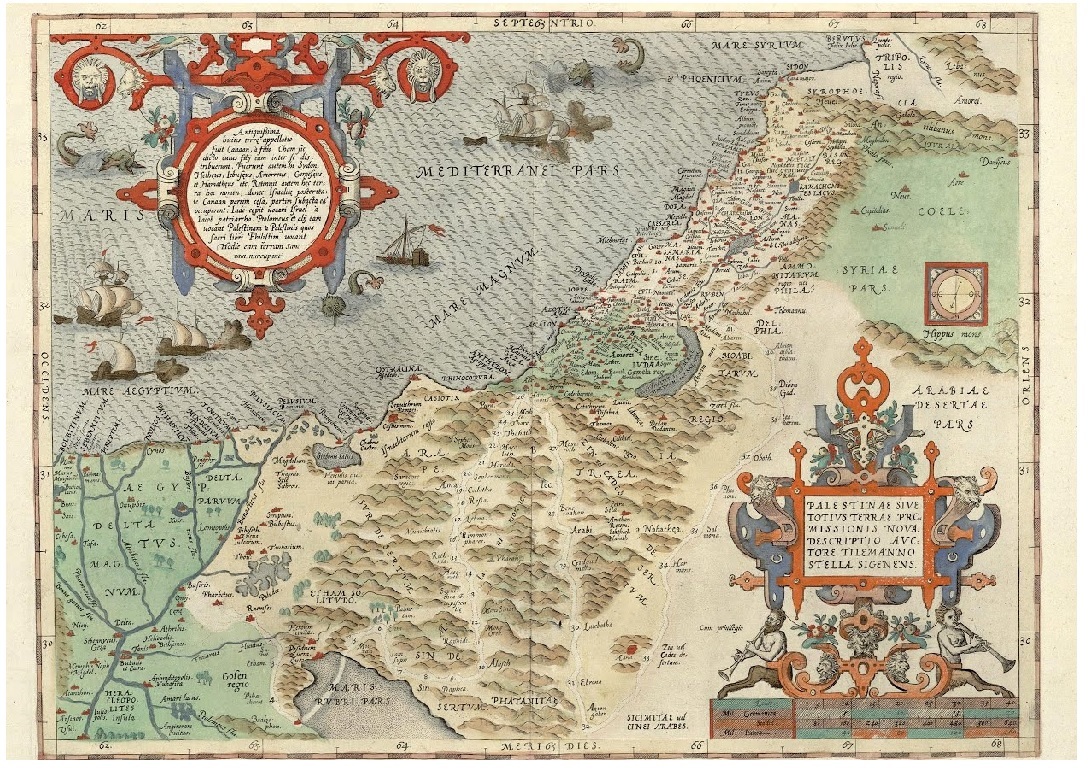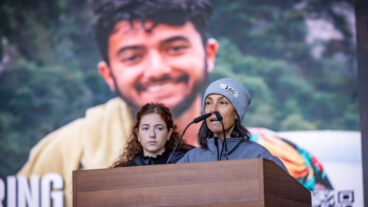Three collections from Israel’s National Library are featured in a new Google Arts & Culture online exhibition, Once Upon a Try, reportedly the largest online exhibition about inventions and discoveries ever curated.
The show features more than 400 interactive exhibitions, collections and interactive stories from 110 renowned institutions across 23 countries.
Once Upon a Try aims to present great leaps in science and technology progress, the visionaries behind those advancements, and tales of epic fails and happy accidents.
The National Library’s contributions to Once Upon a Try include a selection of Sir Isaac Newton’s theological papers from its unique collection of nearly 8,000 of Newton’s handwritten manuscripts.

Newton took a deep interest in Jewish sources, particularly the role of the Jews in the process of salvation. The documents reveal a lesser-known side of the legendary scientist and mathematician, covering topics such as interpretations of the Bible, theology, the history of ancient cultures, the Tabernacle and Temple, calculations dealing with the end of time, historical documents — even alchemy.

The manuscripts found at the National Library are from the collection of Professor Abraham Shalom Yehuda (1877-1951), an expert in Middle Eastern affairs, who purchased the manuscripts at a public auction at Sotheby’s of London in 1936.
Another fascinating “Once Upon a Try” collection, entitled “Dye Hard: The Race to Revolutionize the Color Red,” is a unique exploration of how the dye industry – with a specific focus on the color red — evolved throughout history and shaped it.
“Dye Hard” is based on materials from the library’s Sidney Edelstein Collection, which encompasses the history of science from the 16th century up to the present, and specifically the “Tinctoria, Dyes and Dyeing” section of the collection.
Because the Edelstein Collection is not available online, the selection presented by “Once Upon a Try” is a fascinating glimpse into what is believed to be the most extensive and comprehensive collection of books, manuscripts and documents about this particular branch of industrial chemistry.
The collection was donated to the National Library by Sidney Milton Edelstein, a research chemist, inventor, industrialist and bibliophile. His investigations into ancient dyes included a 1956 expedition to Mexico to study the use of the cochineal beetle as a red colorant; that insect’s importance to the dye industry is highlighted in Once Upon a Try.

A third collection featured on “Once Upon a Try” is “Maps of the Holy Land and Jerusalem,” an online collection of treasures from the National Library’s world-leading Eran Laor Cartographic Collection.
The heart of the collection includes ancient maps of Jerusalem and the Holy Land, alongside ancient maps of other parts of the world.
Viewers of “Once Upon a Try” can zoom into close-ups of rare maps culled from a collection of 1,500 ancient maps, including works by Abraham Ortelius, creator of the first modern atlas.

All of the ancient maps of the Holy Land and Jerusalem can be accessed through the library’s website.
Google Arts & Culture offers online collections of more than 1,800 museums. A Google Arts & Culture app is available free for iOS and Android.
















![Elections 1977 – Likud posters] In 1977, Menahem Begin led an election upset as Israel’s first non-Labor prime minister. Credit: GPO Elections 1977 – Likud posters] In 1977, Menahem Begin led an election upset as Israel’s first non-Labor prime minister. Credit: GPO](https://static.israel21c.org/www/uploads/2019/09/Elections_1977___Likud_posters_-_GPO-768x432.jpg)
